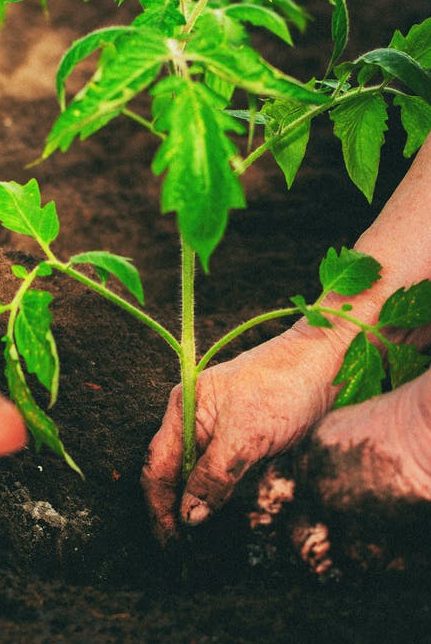BY MELISSA SERENDA AND LINDA SCHREIBER
June means there are lots and lots of chores and maintenance activities that need your attention. If you’ve checked the ISU Reiman Gardens Garden Tips Guidelines to Seasonal Chores brochure you know you will be busy when the sun is shining.
If you feel the urge to water your lawn, please do so in the morning. Watering early in the day gives the lawn a chance to dry and discourages disease. An important reminder—you don’t NEED to water your lawn—they are resilient.
To conserve moisture and control weeds, consider using green mulch—dry grass clippings, clean weed-free straw or shredded leaves. After seeing new growth on black and purple raspberries pinch or cut the new tips to encourage lateral shoots and increase the fruiting area for higher yields (RG501). Stagger planting garden seeds a week or two to extend harvest for veggies like corn, beans, cucumbers, etc. If necessary, thin seedlings to prevent overcrowding.

When June arrives, the danger of frost has passed until fall so get those tomatoes, eggplant and peppers in the ground and stake or cage the tomatoes to discourage disease on foliage.
Immediately after the final strawberry harvest, move and create an 8-inch wide strip of strawberry plants and fertilize. Stop harvesting asparagus and rhubarb by mid-June.
Water weekly during dry weather. Control weeds by hand pulling or hoeing. Water tomatoes regularly to help prevent or reduce problems with blossom-end-rot.
If you’re fortunate enough to have apple trees, six weeks after blooming is time to hand-thin if your tree bears a lot of fruit. Spring-blooming shrubs—lilac, bridal wreath spirea and forsythia—can also be pruned. Mulch trees to conserve moisture and prevent weed competition (RG209, SUL12).
Allow the foliage of early blooming tulips and daffodils to yellow and die on the plant. This will allow the bulbs store needed nutrients to overwinter and help the plant bloom again next spring. Fertilize and water annual flowers to promote growth and blooms.
Deadhead hybrid roses and repeat-blooming roses to encourage more blooms—to do so cut the stem to a 5-leaflet leaf and retain at least two 5-leaflet leaves on each shoot using hand shears.
Lightly fertilize your herbs—sage, rosemary and lavender plants—to promote new growth. Harvest leaves for cooking or drying before the plant begins to flower.
June is a great time for houseplants to take a vacation outside. Put your plants in a protected location and water and fertilize regularly. Remove dust with warm soapy water.
